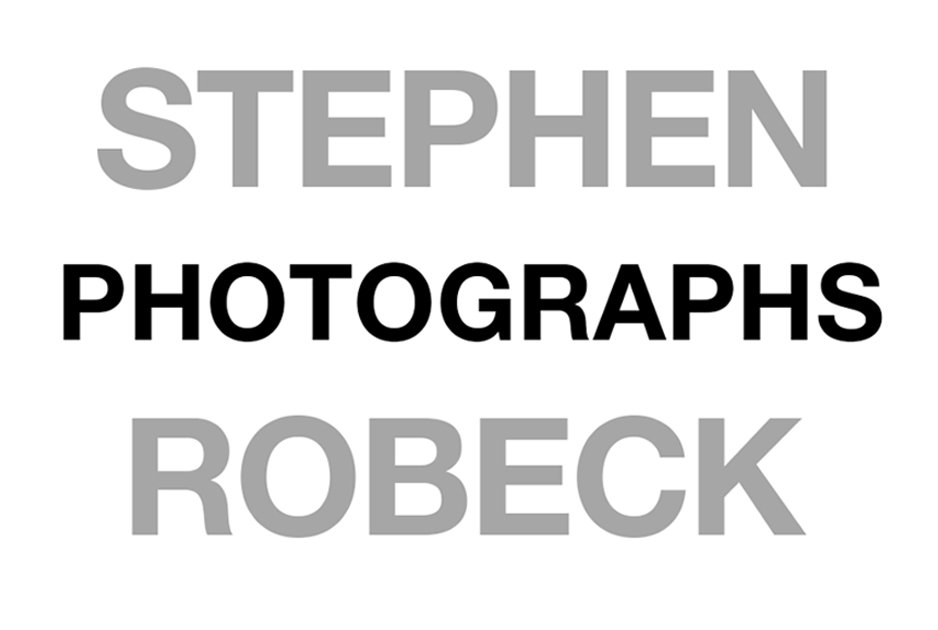What Is Giclée?
I heard the full story from Mac Holbert, one of the true pioneers of fine art digital printing during a printing workshop he taught with John Paul Caponigro, another digital wizard. Mac is also kind of a rock star, having served as Tour Manager for the likes of Crosby, Stills and Nash. In 1991 (eons ago in terms of digital evolution) he and Graham Nash opened Nash Editions which quickly came to the forefront of digital photographic printing, first using Iris printers.
The story goes that they were looking for a way to describe their then-revolutionary printing process without using words like “digital” or “inkjet” or “computer generated.” So a printmaker at Nash Editions named Jack Duganne came up with giclée as a way to talk about what they were doing. It's a real word in French, based on gicleur, the word for “nozzle." The related verb form is gicler, “to squirt.” This, of course, is what inkjet printers do.
Some people seem to think that giclée refers to some esoteric process, and you'll find lots of artists and printmakers using the term in ways that support this misapprehension. But the word is everywhere now. Even the latest Nash Editions website has the line, "whether you prefer to call it giclée or an archival pigment print…"
Whether used to print original photographs or make fine reproductions of other art forms, today’s professional-grade printers, coupled with archival pigment inks and fine-art papers, are nothing short of miraculous in terms of potential image quality.
Here are links to Nash Editions and R. Mac Holbert's website.
